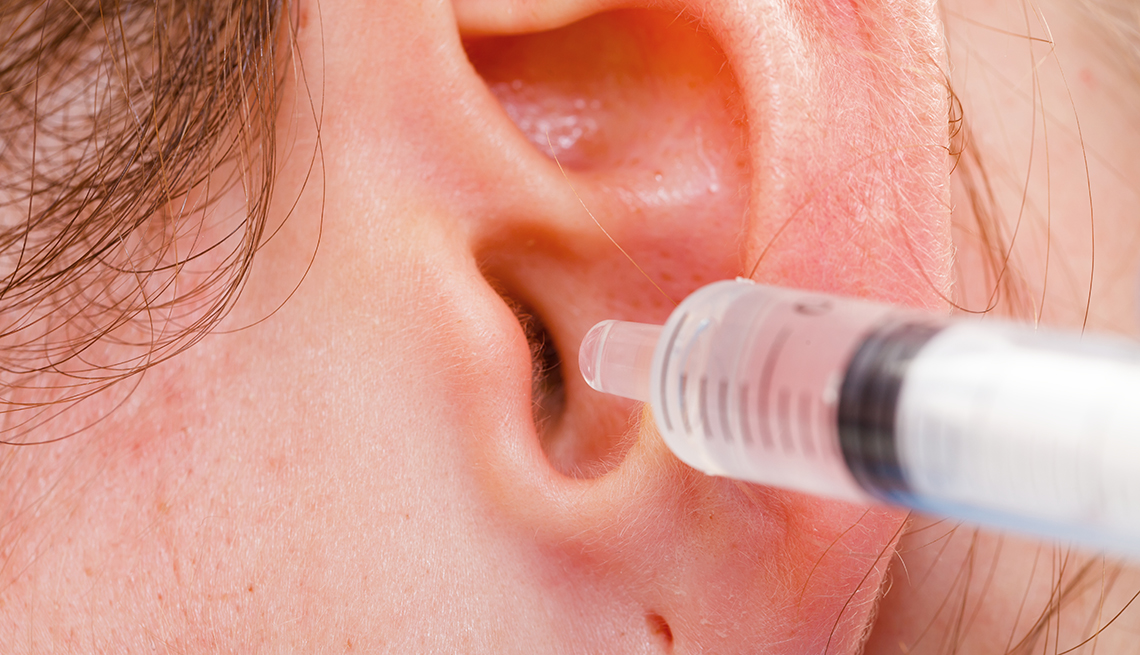
Image Source: Google
Regular ear hygiene is crucial for maintaining healthy ears and preventing discomfort and potential infections. One of the key aspects of ear care is the safe extraction of ear wax, which is a natural substance produced by the body to protect and lubricate the ear canal. However, when ear wax builds up and becomes impacted, it can cause a variety of symptoms such as earaches, hearing loss, tinnitus, dizziness, and even infections. Therefore, it is essential to know how to safely remove ear wax to ensure optimal ear health.
There are several safe methods to remove excess ear wax at home. One popular technique is to use ear drops to soften the wax, making it easier to remove. Over-the-counter ear drops or olive oil can be used for this purpose. Simply tilt your head to the side and place a few drops of the solution into your ear. Allow it to sit for a few minutes to soften the wax, then tilt your head the other way to let the liquid and wax drain out. You can also use a bulb syringe filled with warm water to gently flush out the softened wax.
Another safe method for removing ear wax is to use a warm washcloth to gently wipe the outer ear and ear canal. This can help to dislodge any excess wax and prevent it from building up. It is important to avoid using cotton swabs, bobby pins, or other objects to try to remove ear wax, as this can push the wax further into the ear canal and cause damage. It is also essential to never insert anything sharp or pointed into the ear, as this can result in injury or infection.
If you are experiencing symptoms of impacted ear wax such as ear pain, hearing loss, ringing in the ears, dizziness, or a feeling of fullness in the ear, it is recommended to see a healthcare professional for safe and effective ear wax removal. A doctor or ENT specialist can use specialized tools such as a curette or suction device to remove the impacted wax safely and prevent any complications.
In addition to removing excess ear wax, there are other ways to maintain healthy ears and prevent wax build-up. One important aspect of ear hygiene is to avoid inserting any objects into the ear canal, as this can push wax deeper into the ear and cause damage. It is also essential to protect your ears from loud noises, as exposure to loud sounds can damage the delicate structures of the inner ear and lead to hearing loss.
Regularly cleaning the outer ear with a warm washcloth and mild soap can help to prevent the build-up of dirt and bacteria, which can lead to infections. It is also important to dry your ears thoroughly after swimming or bathing, as excess moisture in the ear can create a breeding ground for bacteria. If you are prone to ear infections, you may benefit from using earplugs when swimming or showering to help keep water out of your ears.
Overall, maintaining regular ear hygiene is essential for keeping your ears healthy and preventing discomfort and infections. By knowing how to safely remove ear wax and practicing good ear care habits, you can ensure optimal ear health and avoid potential complications. If you are experiencing symptoms of impacted ear wax or are unsure of how to properly clean your ears, it is always best to seek advice from a healthcare professional for personalized guidance and treatment.
